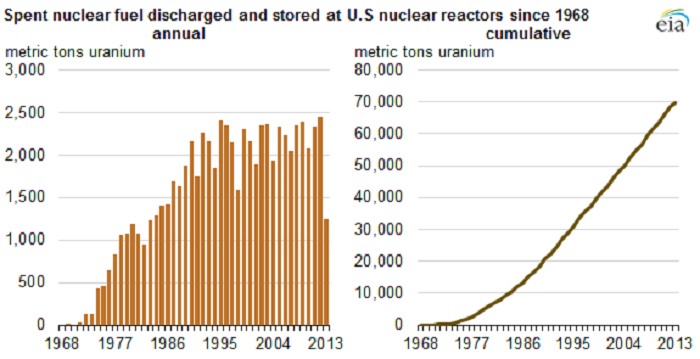What is a Fuel Management System, and How to Implement It?
The current fleet fuel management system consists of both software and hardware components, as we have already discussed. The hardware component is a telematics element that sends vehicle data to telecommunication devices in real-time. A fleet manager then receives the information and reviews it visually to determine the amount of fuel consumed and storage.
These days, we are all about digitalization that translates into greater efficiency. Digitalization means that fleet managers are able conduct their business electronically. This makes it simpler for fleet managers to analyze fuel-related expenses and ultimately reduce their consumption.
There is no escaping from the fact that beginning, stopping and idle time for all engines will consume fuel. The planning and the precise route could make a huge difference in the consumption of fuel. A lot of fleets of vehicles have to stop often during the day. However, this can be altered. Therefore, a precise route plan taking into account traffic accidents or road closures and ensuring that only the minimum amount of distance is covered, while still enabling the productivity of the vehicle is an effective way to reduce the use of fuel.
Can Sole Trader Get a Fuel Card?
The purpose of fuel cards is to manage the flow of cash in many businesses, particularly sole traders who depend on their vehicles to work.
These tools aren’t limited to large corporations or small limited liability companies. This means that you can apply for a fuel Card as a sole trader or self-employed individual, and enjoy the same benefits enjoyed by large fleet operators.
If you’re a sole trader, it’s crucial to pick the best fuel card for your specific needs. Some small business fuel cards offer great benefits for administration, that are especially beneficial for one-person shows and start-up companies. Other cards are targeted towards the management of fleets and are better suited for large companies.
How Do Fuel Cards Work Then?
Businesses using fuel cards can reduce the burden of managing fuel and can help companies save money. The process of using a fuel card is very simple. Drivers pay for the fuel using the fuel card instead of cash or debit or credit card. When fuel is used up the amount is entered into the fuel card account. The business will be debited for the fuel within the specified credit period.
Tax and Fuel Cards
In the case of taxation, companies may struggle to comprehend what’s tax-deductible and what’s not. The guide to fuel cards has a section dedicated to fuel cards and taxes. If you have any questions about the place and how to use bensinkort.cards, you can call us at our own web site. This section discusses the tax effects of fuel cards, as well as methods to avoid their tax consequences. It is possible to block employees from using company fuel cards for personal usage. This can avoid being required to cover tax-related benefits. Our guide explains what tax your business must pay and how it is calculated.
What do Fleet Fuel Cards Serve for and How They can Help Your Business
Fleet fuel cards work for all types of businesses. The fleet fuel cards could be beneficial for small and medium-sized companies with between two and five trucks.
If you spend more than 1000 gallons fuel each month, fleet fuel cards may be advised. This is when discounts or rebates can kick in or accelerate. A business credit card that comes with fuel rewards could be a better option when you want to purchase less than that.
Related Posts

Different Steps to Register a Private Limited Company in India

Quick Tips To Style 3×5 Rugs In Your Home


